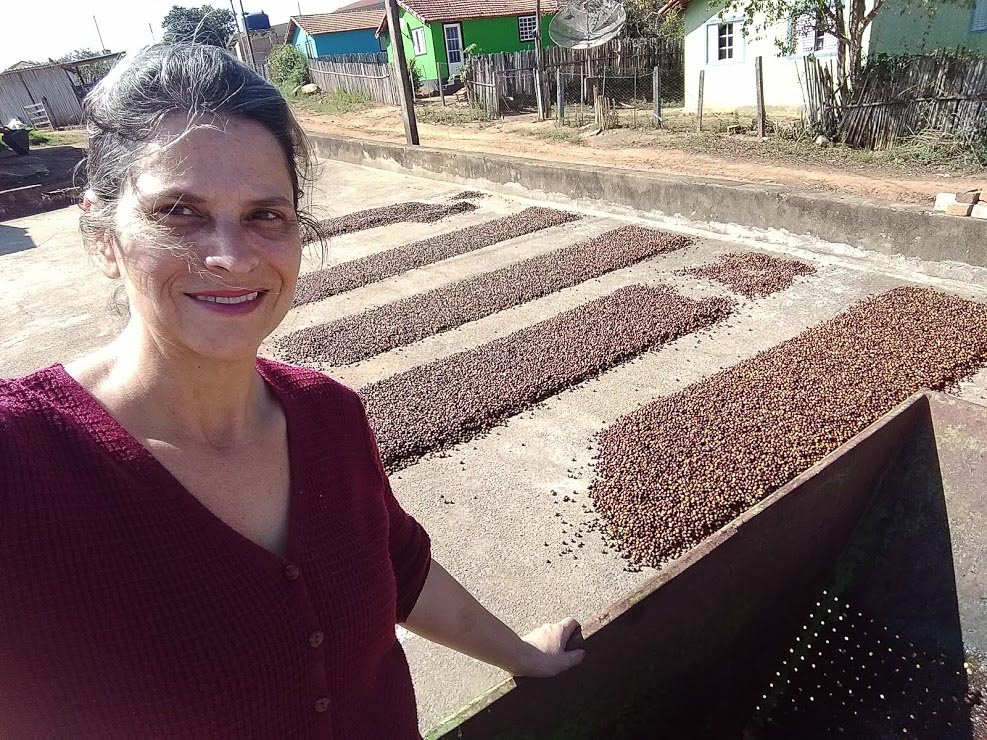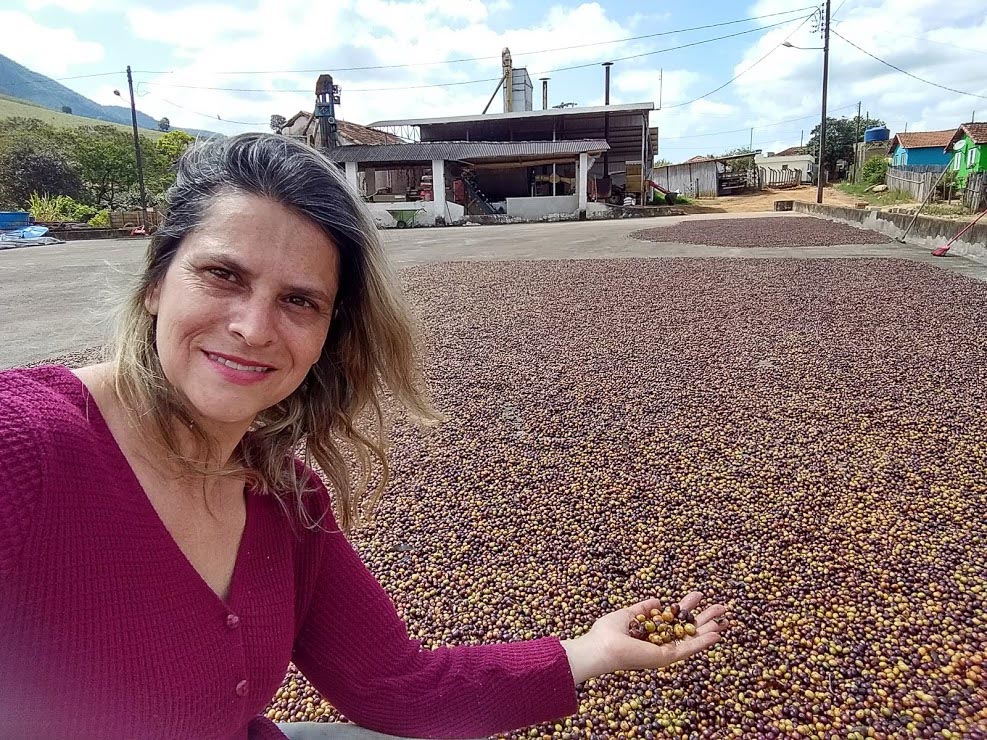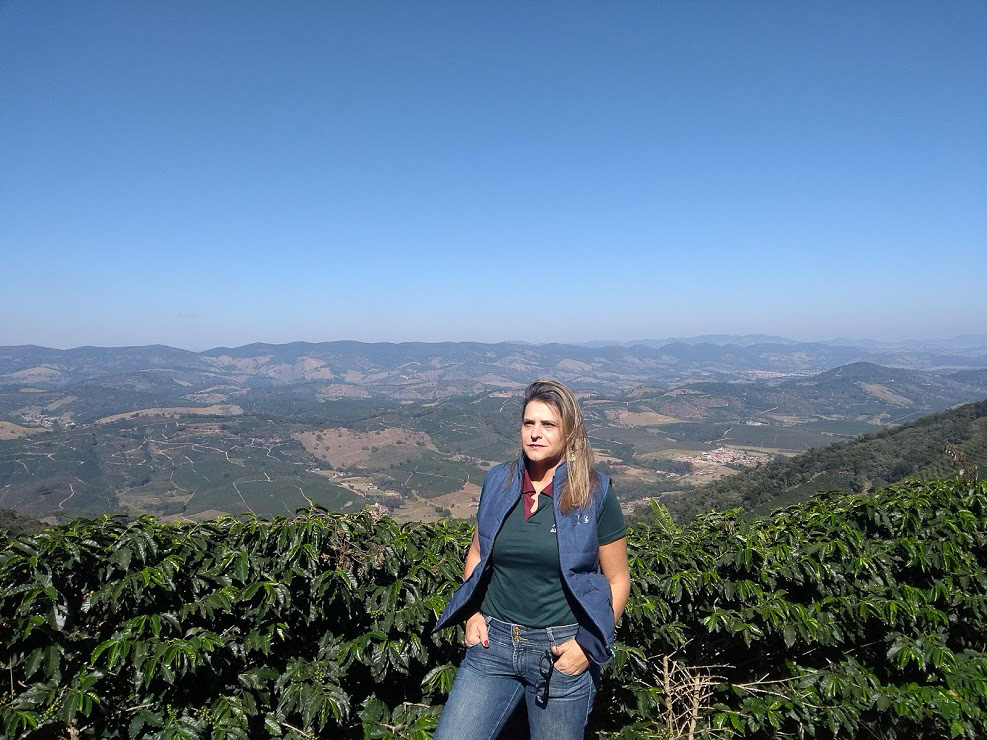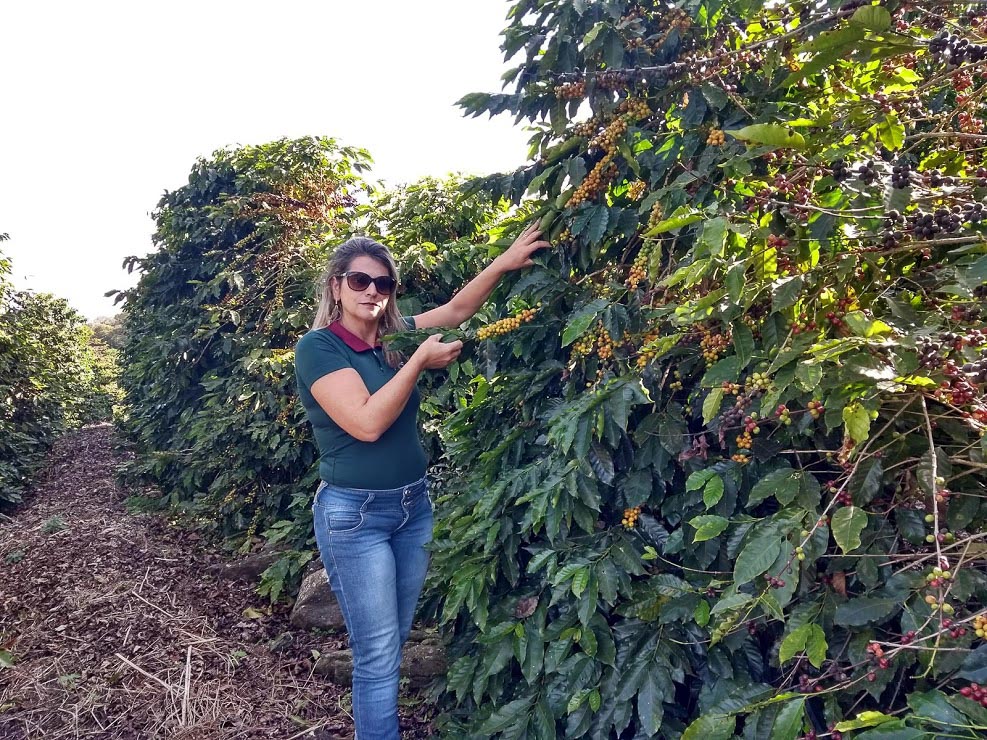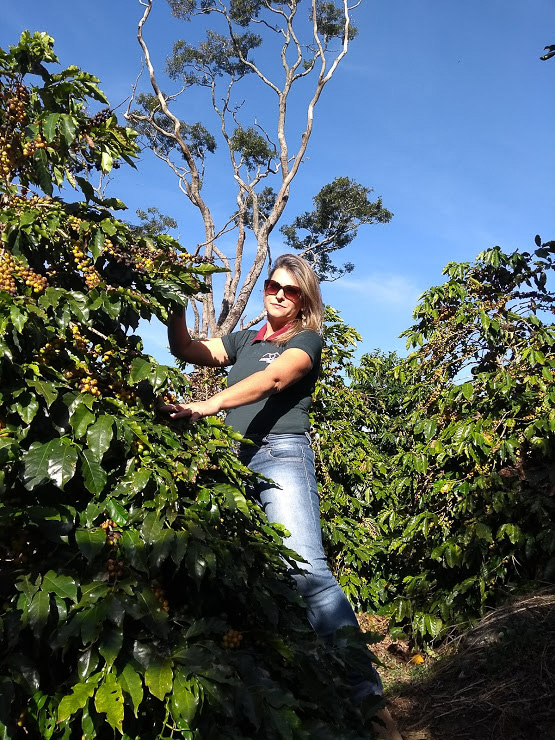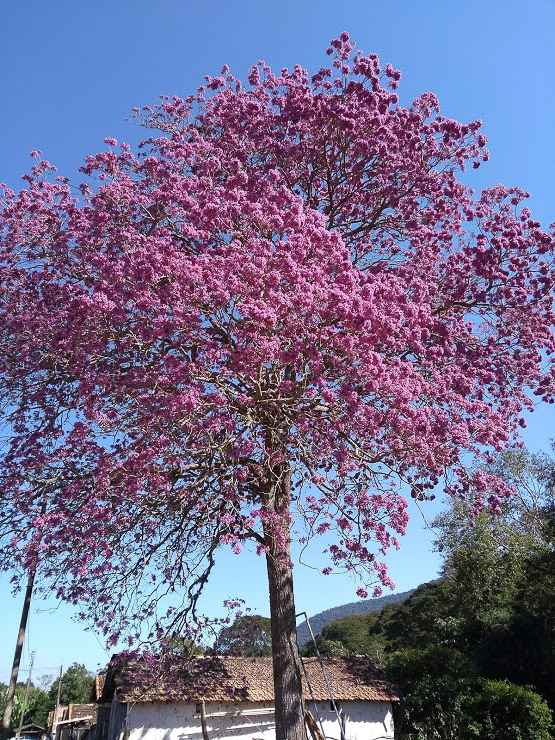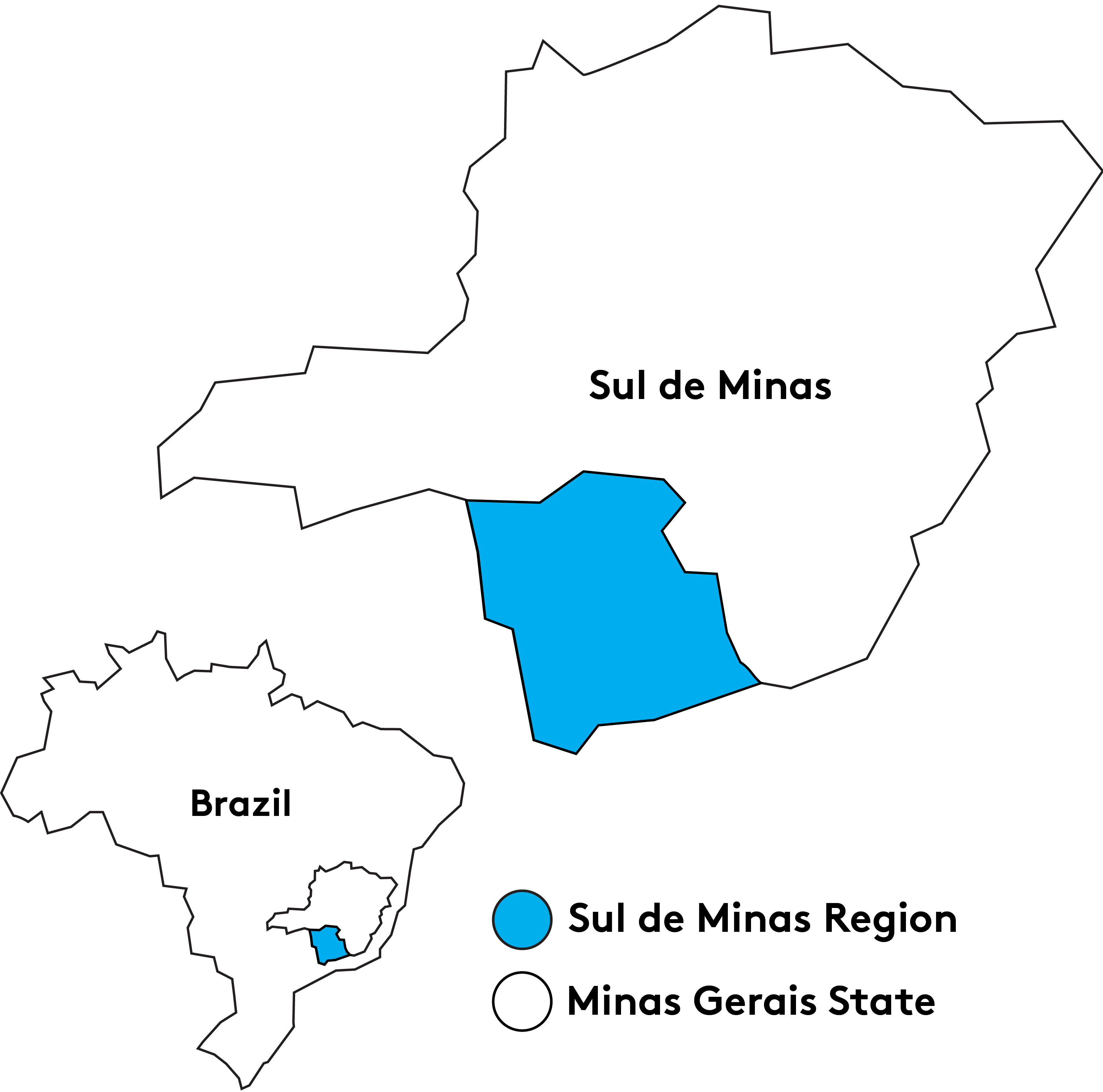Inês Vinci is the grandaughter of Italian immigrants who came to Brasil to work in coffee. When Inês was born, her grandparents were still working for the large estates in Paraná, and she joined them in this exhausting work.
Some time later, Inês moved to the city of São Paulo, where she studied to become a pharmacist. When she married, she moved to Lambari in Sul de Minas where she bought farmland with the name of Fazenda Santa Quitéria, located in the Mantiqueira de Minas coffee growing zone.
Inês went about perfecting the property and searching for new management techniques, learning each day from the challenges she faced. With the passion that was growing for coffee cultivation, at each stage of the production process she dedicated herself to producing coffees of high quality.
Sítio Santa Quitéria has 69.22 hectares in total, with 48.22 hectares planted in coffee. The farm’s annual production is 1700 bags. Together with her husband and three children, she does all the work on the farm, and her greatest satisfaction is to see her children also fall in love with coffee and want to follow in her footsteps.
